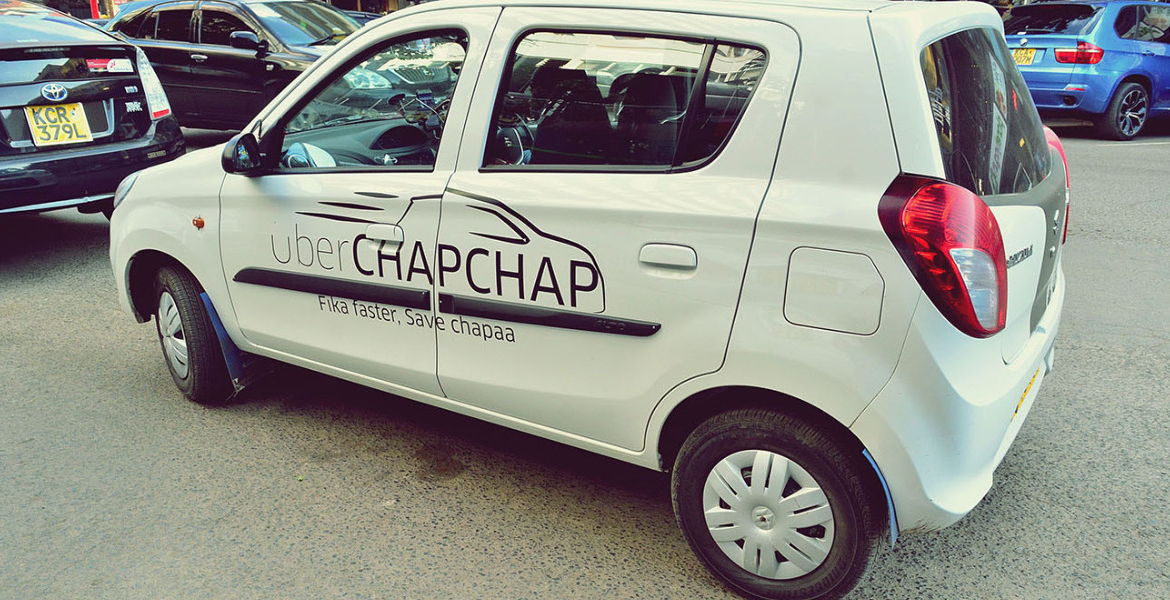Nairobi’s Ride-Hailing Drivers: Overworked, Underpaid, and Juggling Multiple Apps

Steve, an app-based driver in Nairobi for the past 18 months, reflects on the toll his job has taken on his life: “I barely have time to sleep or spend with my family. Sometimes, I’m so tired that I disconnect from life.”
His experience is a reality shared by thousands of ride-hailing drivers in the city. Nairobi’s booming ride-hailing industry, praised for its convenience, hides a harsh reality for the drivers who power it. Behind the ease of app-based transport lies a workforce that struggles with exhaustion, financial instability, and the often-hidden pressures of platform-driven capitalism.
These drivers, who play a critical role in the city’s transportation system, are increasingly caught in a cycle of long hours and low pay, sacrificing their well-being to meet the demands of a highly competitive industry. Since the introduction of Uber in 2015, Nairobi has seen a rapid expansion of ride-hailing services, including global platforms like Bolt, and local competitors like Little Cab and Yego. While these services have provided commuters with more options, the benefits for the drivers have been less clear.
Drivers are under constant pressure to meet financial obligations, particularly car loan repayments, and are forced to work long hours—often 10 to 12 hours a day. This is driven by fluctuating fare structures and substantial commission fees taken by the platforms, leaving drivers with minimal earnings and little time for rest or personal life.
As Steve puts it, he feels disconnected from his former life, unable to spend quality time with his family. The constant need to stay online and active, with no time to pause, has become the reality for many drivers.
The intense competition between ride-hailing platforms has only worsened the situation. Drivers frequently accuse international companies of using predatory pricing strategies, cutting fares to attract riders while disregarding the impact on driver income.
"They value the rider more than the driver," Steve says, pointing to the sense of exploitation many drivers feel. This imbalance is made worse by two-way rating systems, which are meant to ensure quality service but often leave drivers vulnerable to arbitrary penalties. Drivers can be deactivated from the platform, losing their livelihood with little notice, based on unverified claims from passengers.
As a result, many drivers juggle multiple apps in a bid to secure steady income. While Uber continues to dominate the market, it faces significant criticism regarding its fare policies. Bolt, too, has been criticized for mishandling customer complaints and for what drivers perceive as a biased rating system. They point to the inability to report unpaid fares from Bolt riders and the punitive nature of the ratings, which penalize drivers for issues beyond their control, such as heavy traffic.
Bolt, however, defends its system, arguing that the rating process accounts for factors outside the driver’s control and includes customer feedback to ensure fairness. On the other hand, local platforms like Little Cab and Yego have earned some favor among drivers due to their perceived transparency and driver-centric approach. Yego, for example, claims to have developed its fare structure with input from drivers, with company director Alok Srivastava saying that “we treat our drivers as customers.”
However, these local companies struggle to compete with the marketing power and established customer base of the larger international platforms. As a result, many drivers find themselves navigating a fragmented market, forced to use multiple apps in search of more stable earnings.








Add new comment